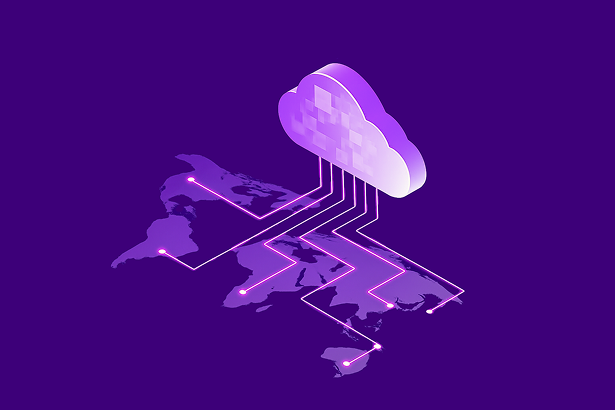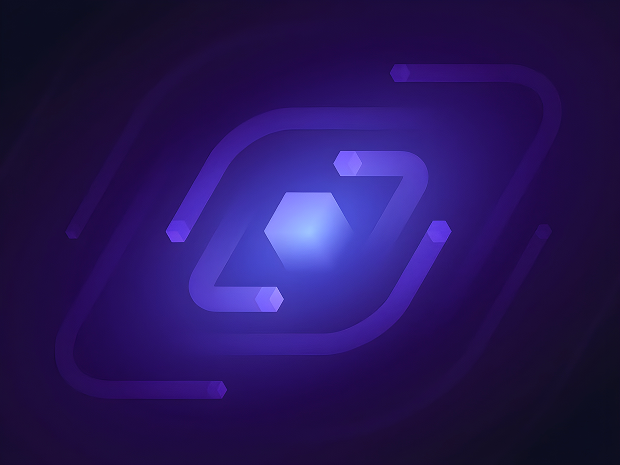From Cloud-First to Sovereignty-First: The Great Enterprise AI Migration

The enterprise AI landscape is experiencing a seismic shift. While organizations have spent the last decade embracing "cloud-first" strategies, a new paradigm is emerging: sovereignty-first AI. This isn't just about data residency or compliance—it's about reclaiming strategic control over the most critical technology of our time.
The numbers tell a compelling story. The US has committed $500 billion to the Stargate Project, Saudi Arabia's PIF has allocated $40 billion to sovereign AI initiatives, and Singapore has invested $70 million in its Sea-Lion multimodal AI models. Even mid-sized nations are recognizing that AI sovereignty isn't a luxury—it's a business imperative.
The Hidden Costs of Cloud Dependency
The traditional cloud-first approach promised simplicity, scalability, and cost savings. But as AI becomes mission-critical, enterprises are discovering uncomfortable truths about their cloud relationships:
Vendor Lock-in Reality Check:
- Your proprietary training data becomes inseparable from your cloud provider's infrastructure
- Model customization capabilities remain limited to provider-approved frameworks
- Exit costs can reach millions of dollars in data transfer fees, retraining expenses, and operational disruption
- Critical AI applications become hostage to provider policy changes and pricing decisions
The Compliance Trap:
With at least 69 countries proposing over 1,000 AI-related policy initiatives, compliance is no longer optional. Organizations relying solely on hyperscaler clouds find themselves at the mercy of:
- Cross-border data transfer restrictions
- Regulatory changes in multiple jurisdictions
- Limited control over model governance and audit trails
- Inability to guarantee data locality requirements
What Sovereignty-First Actually Means
Sovereign AI isn't about rejecting cloud technology—it's about maintaining control over your entire AI lifecycle. This means:
Complete Data Control
- Your training data never leaves environments you control
- Full visibility into how your data is used, processed, and stored
- Ability to implement organization-specific privacy-preserving techniques
- Guaranteed compliance with industry-specific regulations
Model Ownership and Transparency
- Indigenous model development capabilities within your infrastructure
- Full access to model weights, architecture, and training processes
- Ability to audit and explain AI decision-making
- Custom model development aligned with your business requirements
Infrastructure Independence
- Hybrid deployment options that reduce single-vendor dependency
- On-premise AI capabilities that complement cloud resources
- Edge AI deployment for distributed sovereignty
- Hardware procurement strategies that avoid supply chain vulnerabilities
The Migration Playbook: From Dependency to Independence
Successfully transitioning from cloud-first to sovereignty-first requires strategic planning and execution. Here's how leading organizations are making the shift:
Phase 1: Strategic Assessment (2-3 months)
Sovereignty Maturity Assessment:
- Catalog current AI workloads and their dependency levels
- Identify critical applications that require sovereign control
- Assess current vendor contracts for exit clause flexibility
- Map regulatory requirements across all operational jurisdictions
Gap Analysis Framework:
- Technical capabilities needed for independent AI operations
- Talent requirements for in-house AI development
- Infrastructure investments required for hybrid deployment
- Timeline and budget implications for migration
Phase 2: Hybrid Foundation Building (6-12 months)
Infrastructure Sovereignty Implementation:
- Deploy on-premise AI infrastructure for critical workloads
- Establish hybrid cloud connectivity with sovereignty controls
- Implement edge computing capabilities for distributed AI
- Create redundant systems for business continuity
Data Sovereignty Execution:
- Complete data inventory and classification
- Implement data localization for sensitive information
- Establish cross-border data governance frameworks
- Deploy privacy-preserving technologies for collaborative AI
Phase 3: Model Independence (12-18 months)
Indigenous Model Development:
- Build internal AI development capabilities
- Establish model training and validation frameworks
- Create custom models for business-specific requirements
- Implement model monitoring and maintenance processes
Vendor Lock-in Recovery:
- Systematic migration of critical AI workloads
- Renegotiation of vendor contracts with sovereignty clauses
- Implementation of multi-vendor strategies to reduce dependency
- Establishment of exit strategies for all AI service providers
Real-World Success Stories
Pilipinas AI: National Sovereignty in Action
The Philippines launched its first sovereign AI solutions stack in partnership with ePLDT and Katonic AI, demonstrating how nations can achieve true AI independence. This initiative provides Filipino enterprises with locally-controlled AI capabilities while maintaining compatibility with global standards.
MODON AI Center of Excellence: Critical Infrastructure Protection
Saudi Arabia's MODON project showcases how sovereign AI can protect critical infrastructure while fostering innovation. By maintaining complete control over their AI stack, they ensure national security requirements are met without sacrificing technological advancement.
The Economics of Sovereignty
The financial case for AI sovereignty is compelling when you consider the total cost of ownership:
Cloud Dependency Costs:
- Vendor fees that increase with usage and success
- Data egress charges that can reach hundreds of thousands annually
- Limited negotiating power due to technical lock-in
- Regulatory compliance costs imposed by provider limitations
Sovereignty Investment Returns:
- Reduced vendor dependency and improved negotiating position
- Lower long-term operational costs through infrastructure ownership
- Enhanced competitive advantage through custom AI capabilities
- Reduced regulatory risk and compliance costs
- Improved data monetization opportunities through ownership
Choosing Your Sovereignty Partner
Not all sovereignty solutions are created equal. When evaluating platforms, consider these critical capabilities:
Complete Stack Control:
Look for platforms that provide The Operating System for Sovereign AI—comprehensive solutions that manage your entire AI lifecycle from data ingestion to model deployment, all within your controlled environment.
Deployment Flexibility:
Your sovereignty solution should deploy wherever your requirements demand: on-premise data centers, hybrid environments, or existing cloud infrastructure with enhanced controls.
Proven Track Record:
Choose partners with demonstrated success in sovereign AI implementations across multiple industries and regulatory environments.
Future-Proof Architecture:
Ensure your sovereignty platform can adapt to emerging technologies like quantum computing, federated learning, and next-generation AI models.
The Time to Act is Now
The shift to sovereignty-first AI isn't coming—it's happening. Organizations that begin their migration now will gain competitive advantages that compound over time:
- Strategic Independence: Freedom to innovate without vendor constraints
- Regulatory Readiness: Proactive compliance with emerging AI regulations
- Cost Optimization: Long-term savings through reduced vendor dependency
- Innovation Acceleration: Custom AI capabilities that directly serve business objectives
The question isn't whether your organization will need AI sovereignty—it's whether you'll be ready when sovereignty becomes mandatory in your industry.
Ready to Begin Your Sovereignty Journey?
The migration from cloud-first to sovereignty-first requires expert guidance and proven platforms. Katonic AI's Sovereign AI Factory provides the complete foundation for enterprises seeking true AI independence.
Our award-winning platform has powered successful sovereignty implementations from the Philippines to Saudi Arabia, helping organizations maintain complete control over their AI capabilities while achieving superior business outcomes.
Start your sovereignty assessment today. Because in the age of AI, control isn't just about compliance—it's about competitive survival.


.svg)







